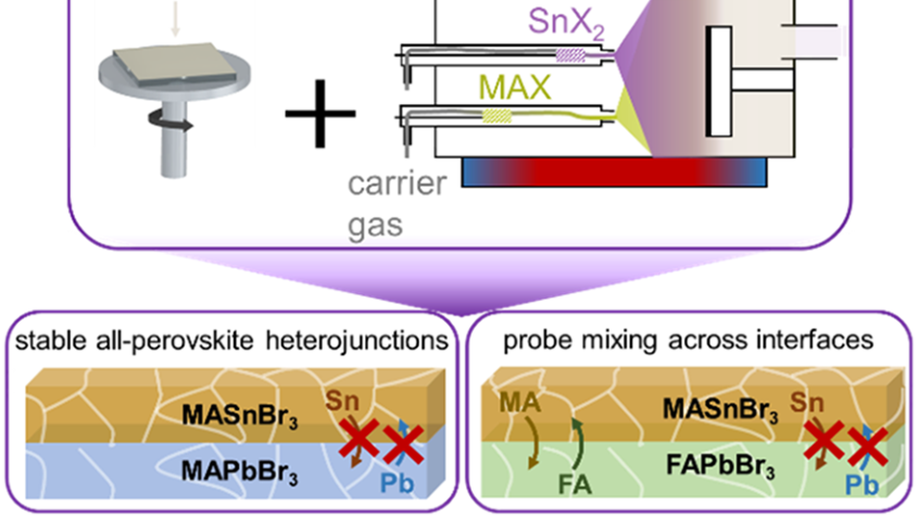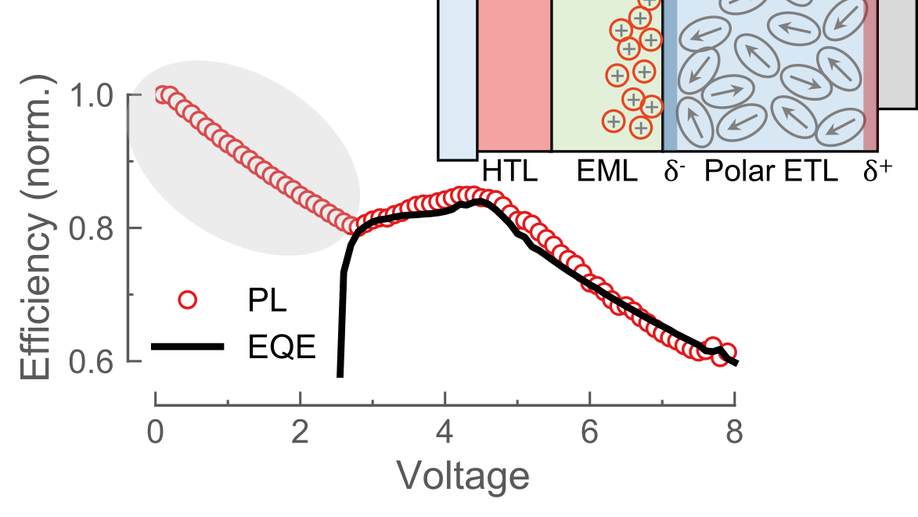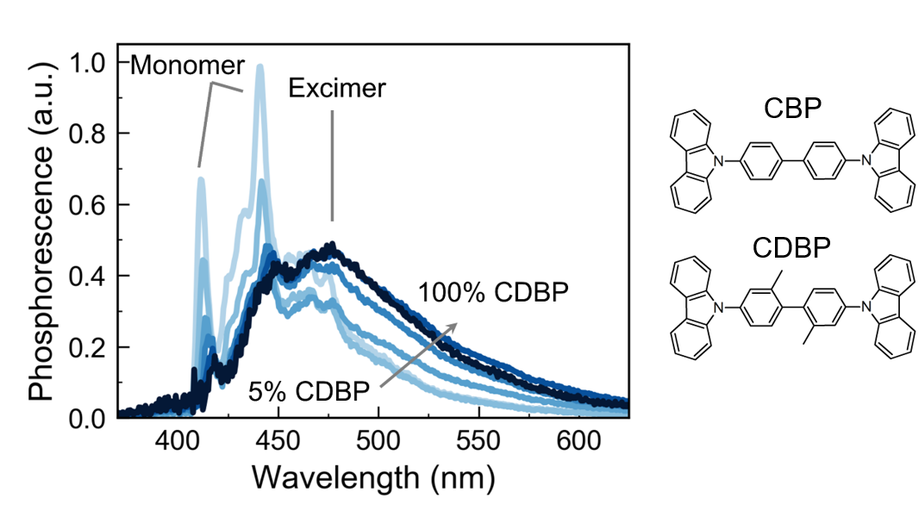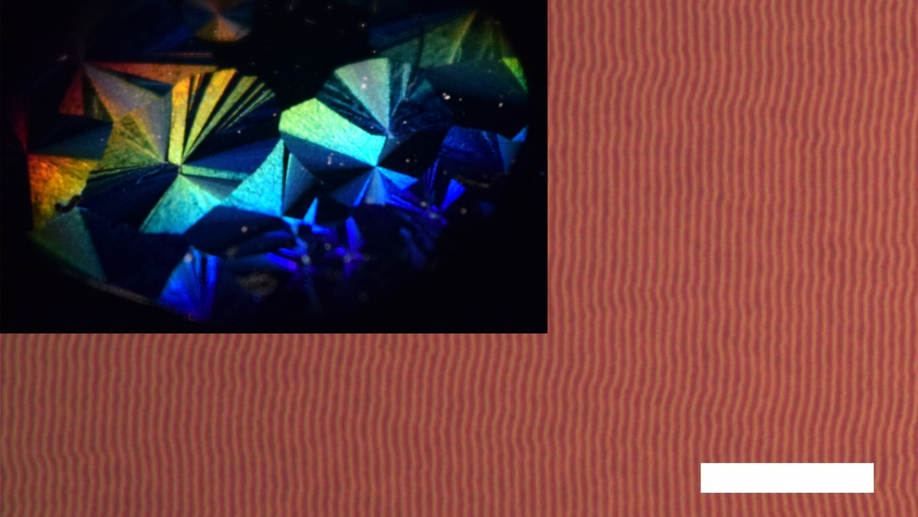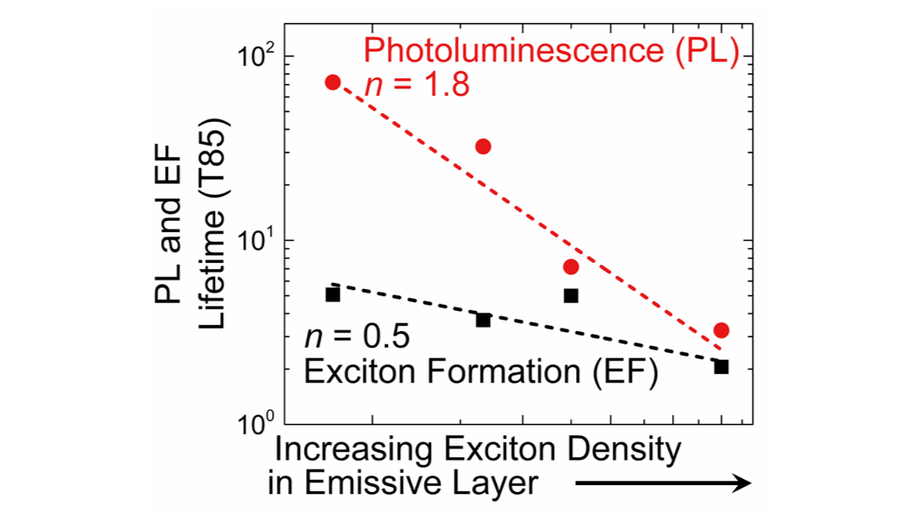Biography
I am a materials scientist and optoelectronic device engineer. I am interested in technologies which improve our quality of life while reducing our impact on the environment, such as solar cells and LEDs.
Interests
- Optoelectronics - Photovoltaics and LEDs
- Energy Materials and Semiconductors
- Software development for data acquisition and analysis
Education
-
PhD in Materials Science, 2020
University of Minnesota
-
BS in Materials Science and Engineering, 2015
Michigan State University
